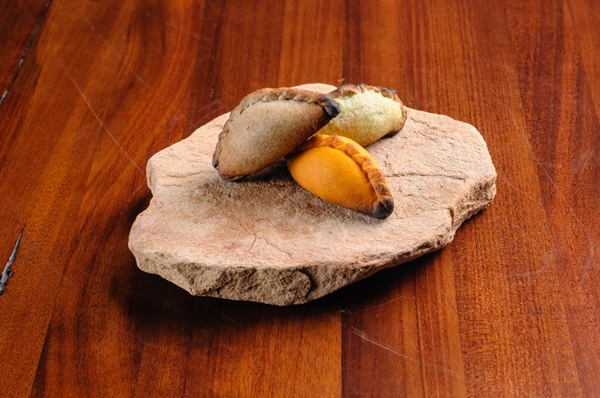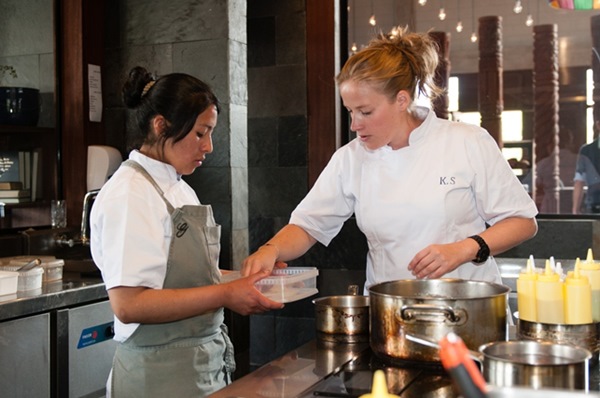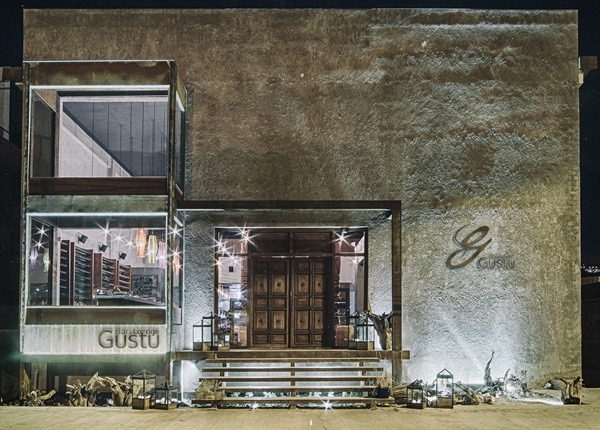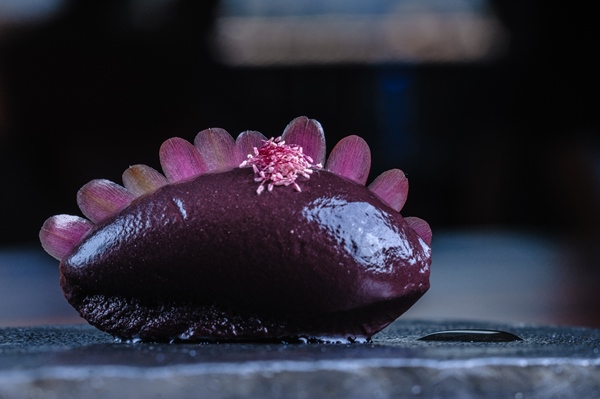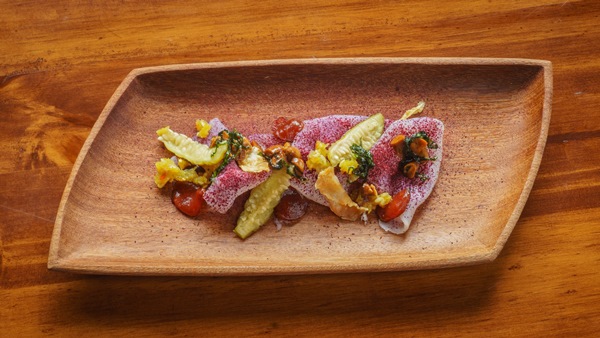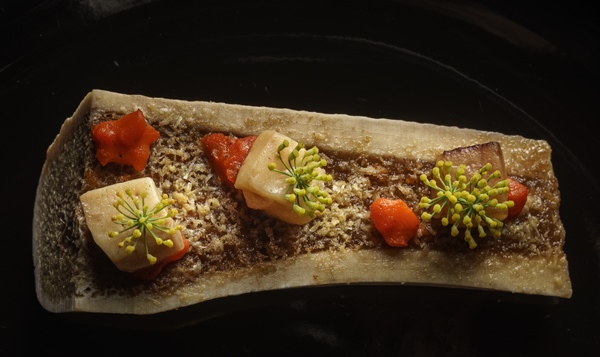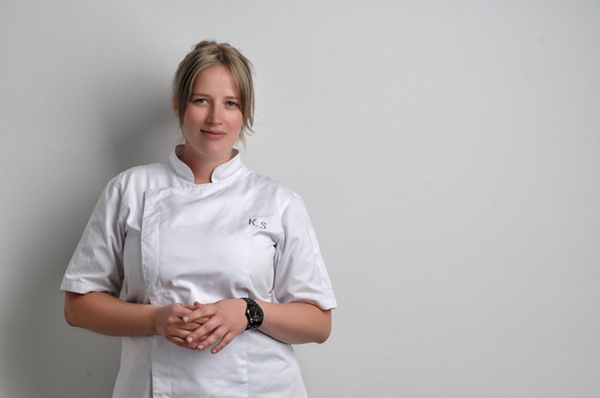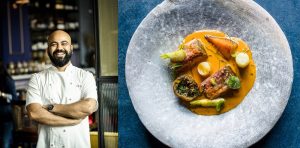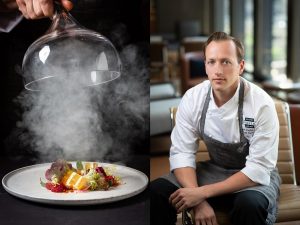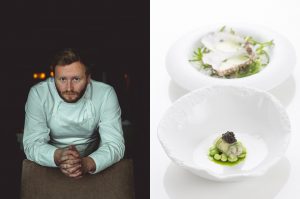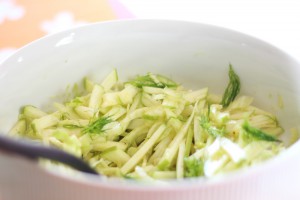Chef Q&A with Kamilla Seidler of Gustu, La Paz Bolivia
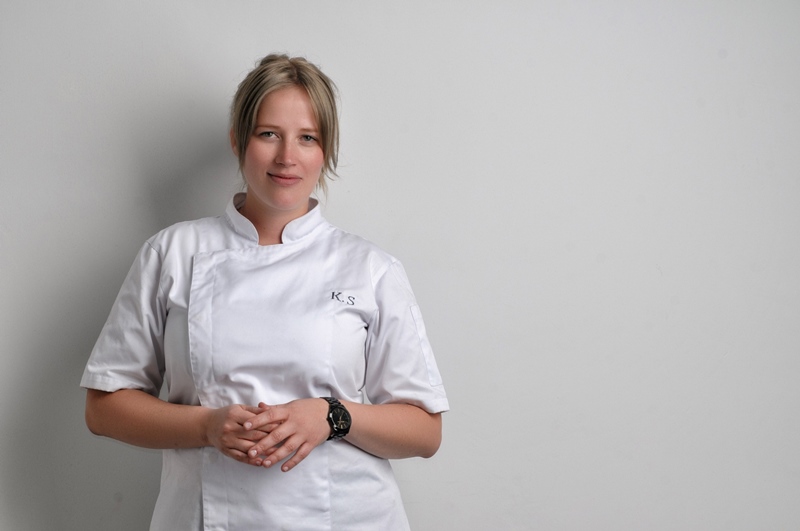
Kamilla Seidler is the Danish Chef who traveled to La Paz in Bolivia to set up the educational restaurant Gustu with the help of Claus Meyer and the Melting Pot Foundation. Since its opening the restaurant have been named one of the top restaurants in South America and provided culinary education to more than twentyfive students. I had a talk with Kamilla Seidler about being a Chef in Bolivia, working with the Bolivian seasons and what the future holds, keep reading.
Kamilla Seidler spent the first part of her career working in some of the top European restaurants like Mugaritz, Manoir Aux Quat Saisons, Geist and Paustian. In 2012 she got a call from food entrepreneur and Noma-founder Claus Meyer asking is she was willing to go to Bolivia to help start an educational restaurant called Gustu.
Four years later Gustu have been named the 17th Best Restaurant in South America, more than twentyfive students have graduated from the educational program and a new program for culinary education have been started. I got the chance to call Kamilla Seidler during her morning coffee and talk about her work at Gustu, the biggest challenges when going across the world to open a restaurant and what the future holds.
How would you describe your style of cooking?
I don’t know, there are so many cliches but I would say a natural kitchen, a what you see is what you get kind of thing. If the menu says lamb then that is what it will taste like. We are trying to make the food simple for the guest and easy to understand, so the techniques we use to make it delicious is kind of hidden behind the scenes. In short a natural kitchen.
What is your creative process like when creating new dishes?
I wish I had a process, I don’t. Many times it is inspired by random things that happen. It could be a terrible meal on a plane that I start to think about. How could you make it better, maybe do that instead and add something else and it could be delicious.
Many times I look at the calendar to see what’s in season and what is coming soon and decide there which products I want to work with. So for example if I decide to use pumpkin I know that in the Bolivian season I can also use Pomelo and other citrus fruits. If that seems delicious in my head then we’ll try that and go from there.
Is that often how you work, that you think out the idea first before you actually start to try it out?
Yes, always. If it’s not delicious in my head it is very rare that we continue with a test because normally it doesn’t work out. That is one of the things that is a bit special here, even though the whole team seeks inspiration from books and things like that the fine dining scene is very young so we don’t get contaminated by going to many other restaurants. So we have to come up with our own ideas.
Also since we decided to only use Bolivian ingredients we have limited ourselves a lot. Those limits are a great source for creativity.
How about the seasons for products, did you have to relearn and how are they compared to Denmark?
Right now it’s winter here but it’s not winter like in Denmark. It can get warm during the day and very cold at night but it’s weird because it’s still humid. The thing is that some things is seasonal so you get a produce during a few weeks. Then that same ingredient can come back a few months later. At the same time there are many things like papaya and bananas that doesn’t really go out of season at all.
We are still trying to map out all the seasons, there are twelve microclimates all with different types of conditions, much of this has to do with the altitudes. Right now I’m at 3600 m above sea level. If I go 40 minutes by plane I will be 125 m above sea level. So everything is different depending on altitude as well, a complete chaos really.
At Gustu you run both a restaurant and an educational program, how do you balance your work between those two roles?
This is something that is a bit misunderstood by many people who are not used to the Danish way of hospitality education. It’s learning by doing, so you have a little bit of theory and then you practice, then back to the theory and back again for more practice. This makes a lot of sense for us who were trained in the same way at the Copenhagen Culinary School. Once we graduate we can actually cook and doesn’t have to start the first job with learning.
So many guests that come to us might ask “So where is the school?”, then we have to explain that the waiter serving them is a student. After lunch service he will have theory classes and then he will serve guest at service during dinner service. So it is very integrated and functions like a regular restaurant with added training.
You also run another educational program called Manq´a, what is that?
That is our big project, we do it in collaboration with the Dutch cooperation ICCO and Melting Pot Foundation and it is called the Manq´a schools. We have eleven schools in Bolivia and one in Colombia and there are seven more on the way. Hopefully we can expand worldwide in the future.
They are run in the same model as Gustu but in a smaller scale. So the restaurants are cafeterias. The students come in the morning, they get to learn how to create and cook one dish. That dish is then sold to the local community as a healthy, delicious alternative to what else is available. So the same principle with learning by doing as we use at Gustu.
The training lasts for six months which is shorter than at Gustu where the program is thirty months. It is targeted at young people and young families. With the program they can also learn how to eat healthier for themselves and use local products. It’s also a way of learning an alternative work skill. The work market in Bolivia is not very stable so having an extra set of skills can be valuable.
The project have become more than we thought and is now becoming an international foundation by itself. What we did was to design the program, set up the curriculum and from there it grown on it’s own and out of our hands in a very good way.
What was the biggest challenge when you arrived in Bolivia?
I’m not sure what was the biggest challenge, really everything was a challenge. Claus Meyer is a great visionary, what he does is find the people to realize the ideas and then sets them in the middle of it and let’s see what happens. I’m very grateful for that because we have learned so much.
But there are so many things we had to figure out. How do you cook on a high altitude, what’s the society like, how do you talk to the young kids. Everything is different, from religion to culture and society. Finding products to cook with when there are no delivery system, picking up vegetables at the bus station and getting fish out of a taxi. So it was a lot to get used to. But everyone involved helped out in every way they could and now here we are four years later.
You’re now one of the top restaurants in South America, have you ever felt you needed to compromise between keeping food at the top and running an education program at the same time?
I don’t feel that I had to compromise because of the students, a little bit because of the clientele. I worked with Bo Bech for many years and I’m very inspired by his style and way of thinking. That style is that as long as it’s good it works and will be served, which means that many things can sound or look very weird.
That could be a challenge for some of our clientele so we held back a little bit on the most creative dishes. We also need to think about how we describe the dish, if it sounds too weird nobody will order it. It is kind of the same thing that you might do in Scandinavia if you’re selling something like a chicken heart of something that when you hear it might not sound delicious.
In the beginning we played it a bit safe when it comes to the technique because we all had to get used to all the challenges. So we used a lot of sous-vide and other techniques that are hard to mess up and we know will be delicious. From there we added techniques as we got more experienced.
All of the students from the opening was hired here so now they sort of work like trainers for the new students. That has been a big help because they know how we want things to be and it’s good for them to be able to train someone else.
Bolivia and La Paz is not known as one of the big foodie destinations, how is the dining scene there?
There is a dining scene of course but it’s kind of the way it was in many places before the own gastronomy takes its place. So you have a French restaurant, an Italian restaurant, a Chinese restaurant. You have everything besides a restaurant from the country itself. The local food can only be found in people’s homes and in markets. But there are definitely things happening.
The situation is a little bit like it was in Copenhagen before the Nordic movement. All the chefs were in Spain or France working in restaurants. Once the Nordic movement happened a lot of them came home, started restaurants and things exploded. That is what I think will happen here as well. There already are some examples of places like that opening up.
We hear all the time about young Bolivians working in great restaurants and bars all over the world. In the coming years many of them will return and we will see new things opening up. The same goes for our students, many of them want to go abroad to learn at the top places in the world and then to be able to return and opening up places of their own.
You source 100% of the ingredients within Bolivia, what are the best ingredients?
There are many things that is great and match the best in the world, one example is the lamb from the Pyrenees which eat close to the salt flats in Bolivia which gives it a very special salty note.
Another thing I discovered is the Singani which is a distilled spirit, it’s similar to Grappa but are more floral. That is a product that I think have the quality and taste to make it a big product internationally.
Bolivia is also the biggest producer in the world of Quinoa, the quality is at the top and you can see all the types and colors here and it really is amazing. The problem is that it’s not appreciated and marketed in the right way so many times it gets exported instead of used locally.
Really, because when I think about Quinoa I think of Peru.
Exactly, it’s all about marketing and getting your message out there. Another example is the Brazil nut. Bolivia is the biggest producer in the world so why is it called the Brazil nut? There are many stuff like those that the government are trying to change. In the long run making better use of the food produced here could help with the living standards for the communities producing it. Gustu are trying to help with this by showing the products produced here so it can get the recognition it deserves.
So it’s the same as for Bolivian wine and beer that you also only source locally. Before Gustu I’ve never heard of Bolivian wine.
I hadn’t heard of Bolivian wine before I got here either. Bolivia is the fourth biggest wine producer in South America and growing. Once we met brewers and winemakers we decided to go 100% Bolivian for the drinks as well.
What do you see in the future for Gustu and yourself, are you staying indefinitely or do you have future plans that you can share with us?
From the beginning I came with a one year contract to start a small school, so for me it was always meant to be left in the hands of Bolivia. Now it’s been four years and that is still the plan but I’m not sure when it will happen. I don’t have anything planned yet but I think it will be in South America and with Claus Meyer. How and when and where is not decided so we’ll have to see.
Do you think it would be strange to going back to a regular restaurant after working for one that provides other values like Gustu, do you think it’s a risk that it would feel pointless not contributing in the same way to society?
I don’t think I would be able to go back to a normal restaurant. All the food waste at a Michelin restaurant where everything has to be perfect. I’m not really a fan of that and I think I would probably be a very annoying employee to have around.
I think we all have a responsibility to help out in some way with what we can. That doesn’t mean you have to create it or give all your money to charity. Like when we came here, we didn’t plant Quinoa or invent Singani but we can help with making people notice it and in the long run help communities that way.
Is there anything you miss from home that you can’t get your hands on in Bolivia?
Rye bread, licorice and sour wine gums.
Who do you think I should interview here at Ateriet?
I’m involved in a project called De la Selva a la Mesa which means From the Rainforest to the Table. It’s a mix of conservationists, biologists, chefs and anyone involved in the rainforest. We all collaborate on how to use the rainforest in a sustainable way.
Because there are amazing products but if we want to use them it has to be sustainable. To find out if it is we need to let everyone have their say. So maybe you can talk to someone other who is involved in that project?
Absolutely, that sounds like a great idea. Thank you for your time and keep doing great things.
To keep up with Gustu and Kamilla Seidler you can follow her on Instagram. Gustu Restaurant can also be found on Instagram, Facebook and Twitter, make sure to keep up there. You can read more about Gustu Restaurant below.
About Gustu Restaurant
Gustu was opened in 2013 by the non-profit organization Melting Pot Bolivia which was founded by the Danish food entrepreneur Claus Meyer. Gustu works with the “Kilometer 0” philosophy which means that 100% of the food and drinks served at Gustu is produced and processed within Bolivia. The food is modern and innovative and highlights the value and special features of hundreds of native products. There is also the Gustu Bar which also follows the “Kilometer 0” philosophy and offers modern cocktails, Bolivian singani, beer, liqueurs and Bolivian wine.
In addition to this Gustu also runs their educational program where they offer a free 30 month long educational program. The training is held in the Gustu Restaurant, giving each student the chance to get professional training that can be put into real practice. The restaurant training is complemented by theory at Universidad Católica Boliviana with marketing, accounting, entrepreneurship, etc.
For more information, opening hours and reservations visit Gustu Restaurant online.
About Ateriet’s Chef Q&A
Chef Q&A at Ateriet is my way of giving great chefs the respect they deserve. I interview chefs from all over the world with the stuff I want to know. If you know a chef I should interview or have any other suggestions don’t be afraid to let me know, just leave a comment or send an email. You can read my other Chef Q&A’s here or explore all these great chefs and restaurants in my Chef Q&A Map, you’ll find it here.
